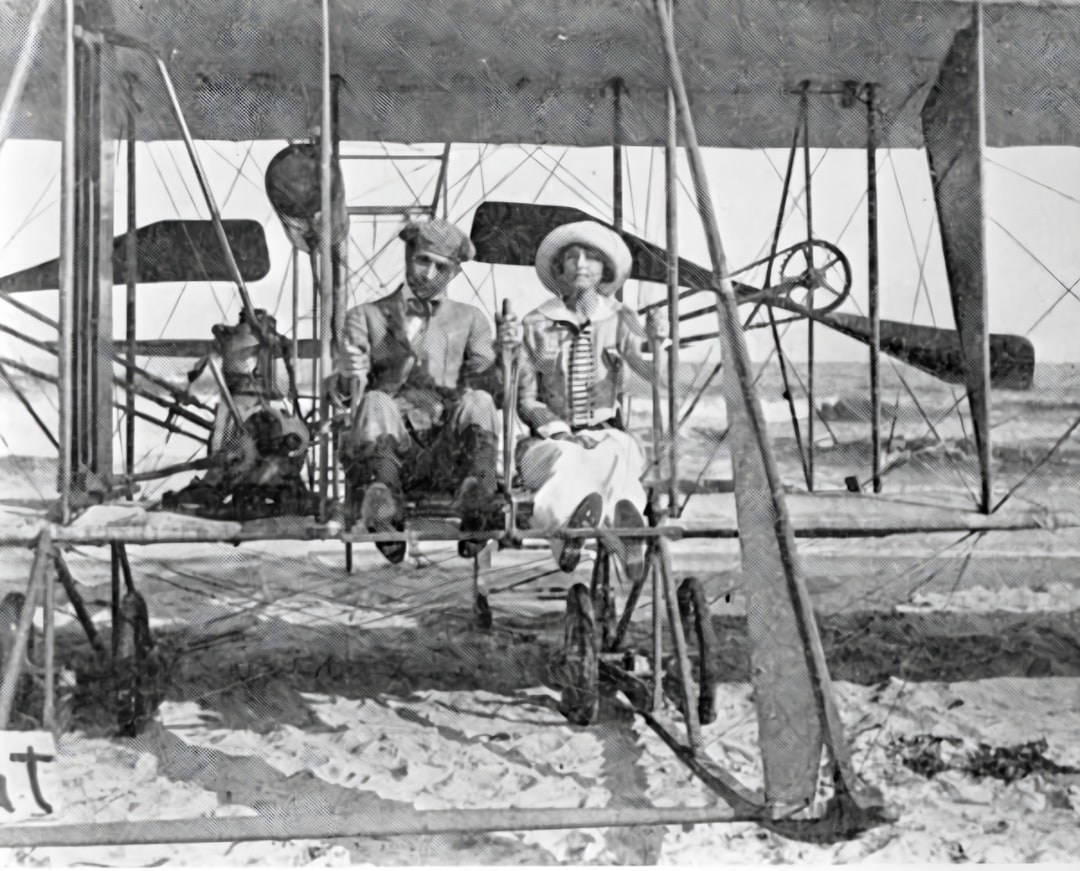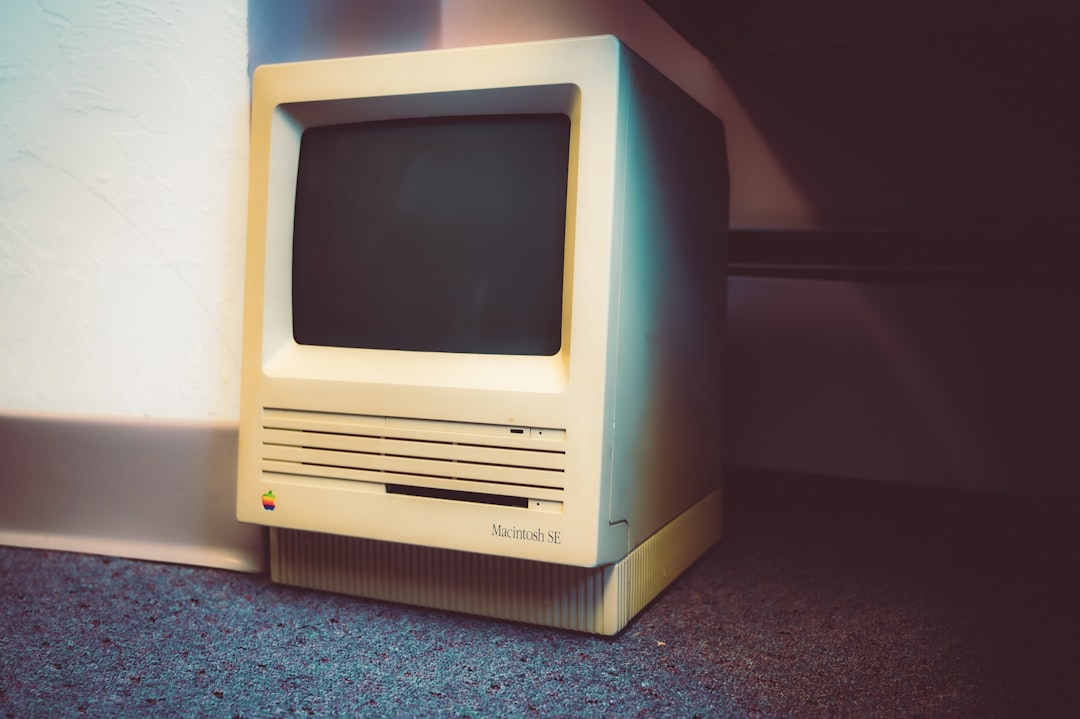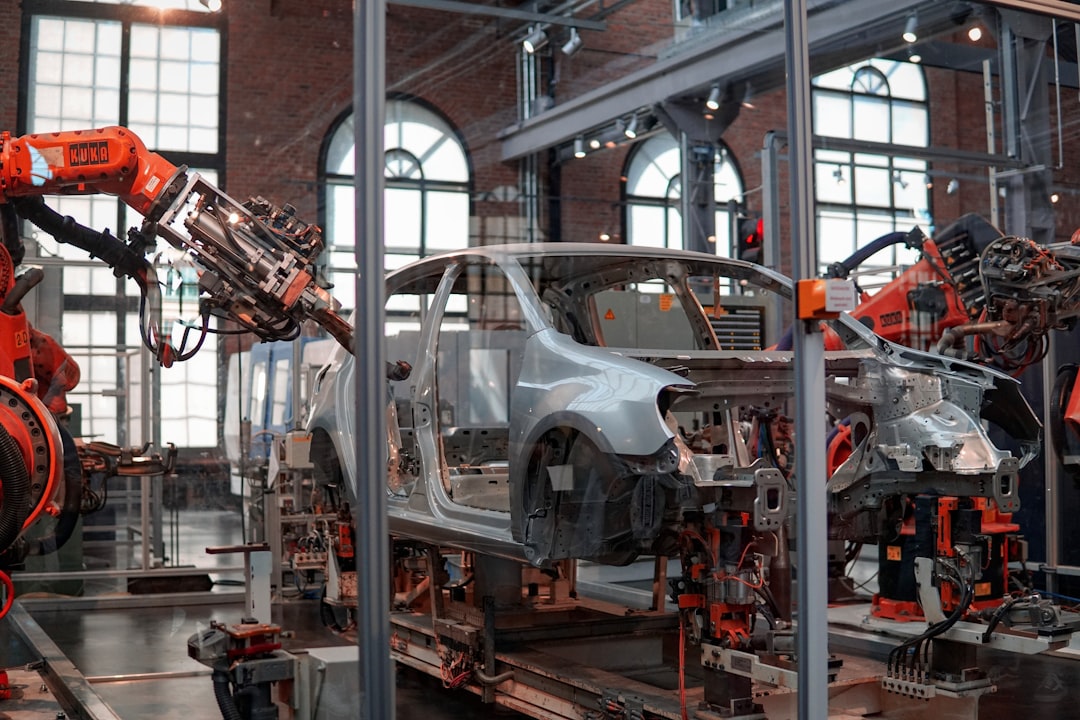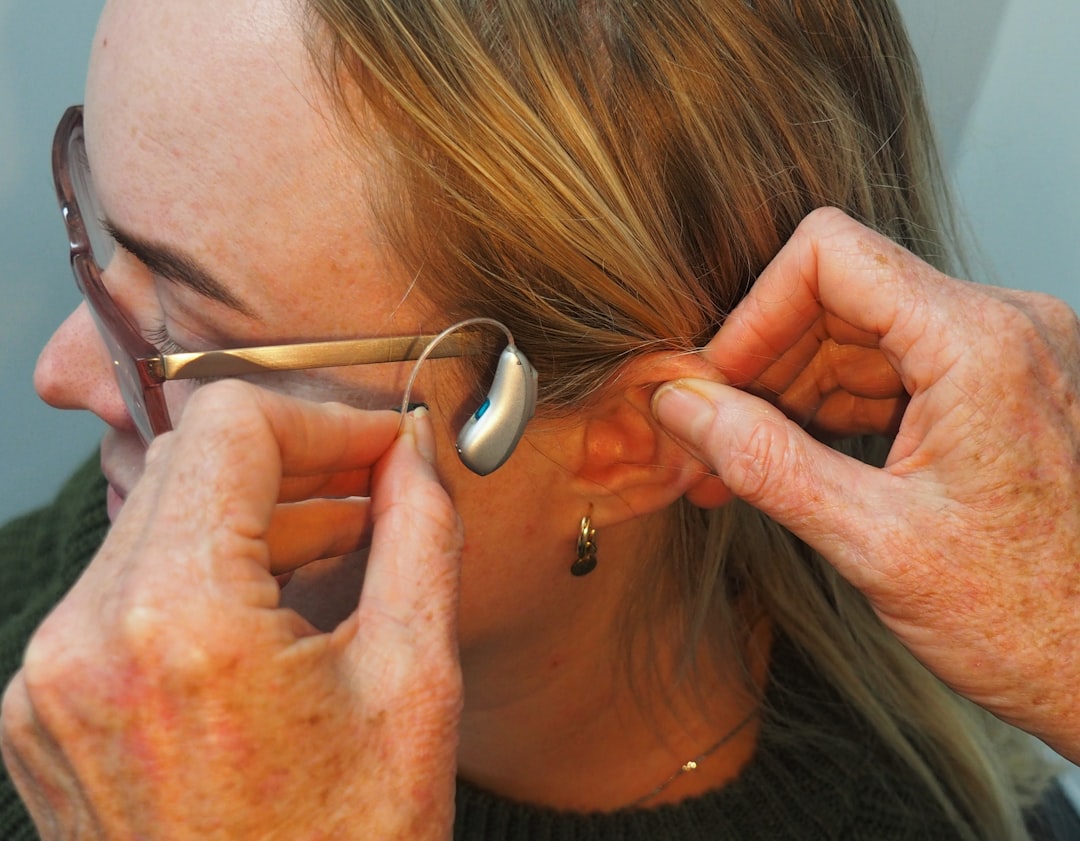The Light Bulb – Illuminating Human Progress

Picture a world where darkness swallowed every room the moment the sun dipped below the horizon. In the period from 1878 to 1880 Edison and his associates worked on at least three thousand different theories to develop an efficient incandescent lamp. Incandescent lamps make light by using electricity to heat a thin strip of material (called a filament) until it gets hot enough to glow. Many inventors had tried to perfect incandescent lamps to “sub-divide” electric light or make it smaller and weaker than it was in the existing arc lamps, which were too bright to be used for small spaces such as the rooms of a house. However, Thomas Edison did not invent the light bulb. In 1840, British scientist Warren de la Rue developed an efficient light bulb using a coiled platinum filament but the high cost of platinum kept the bulb from becoming a commercial success. Many other inventors had also devised incandescent lamps, including Alessandro Volta’s demonstration of a glowing wire in 1800 and inventions by Henry Woodward and Mathew Evans. Long before Thomas Edison patented — first in 1879 and then a year later in 1880 — and began commercializing his incandescent light bulb, British inventors were demonstrating that electric light was possible with the arc lamp. What makes Edison’s contribution to electric lighting so extraordinary is that he didn’t stop with improving the bulb — he developed a whole suite of inventions that made the use of light bulbs practical. Even more impressively, Edison held 2332 patents worldwide at the time of his death. The light bulb transformed civilization by extending productive hours, enabling round-the-clock work, and fundamentally changing social patterns as night became as useful as day.
The Wright Brothers’ Airplane – Conquering the Skies

On a cold December morning in 1903, two bicycle mechanics from Ohio achieved humanity’s oldest dream. Orville and Wilbur Wright made the first successful self-propelled sustained flight on December 17, 1903. The flight lasted 12 seconds, and the aircraft flew approximately 20 feet (6 metres) above the ground for 120 feet (36 metres). After building and testing three full-sized gliders, the Wrights’ first powered airplane flew at Kitty Hawk, North Carolina, on December 17, 1903, making a 12-second flight, traveling 36 m (120 ft), with Orville piloting. The best flight of the day, with Wilbur at the controls, covered 255.6 m (852 ft) in 59 seconds. The brothers’ breakthrough invention was their creation of a three-axis control system, which enabled the pilot to steer the aircraft effectively and to maintain its equilibrium. Their system of aircraft controls made fixed-wing powered flight possible and remains standard on airplanes of all kinds. The airplane shrunk the world, making global travel possible and transforming trade, warfare, and human connection. With the assistance of their bicycle shop mechanic, Charles Taylor, the Wrights built a small, twelve-horsepower gasoline engine. What started as a twelve-second hop above the sands of North Carolina eventually led to moon landings and space exploration.
The Internet – Connecting Humanity

What started as a Cold War defense project became the backbone of modern civilization. The internet got its start in the United States in the late 1960s as a military defense system in the Cold War. For years, scientists and researchers used it to communicate and share data with one another. The first workable prototype of the Internet came in the late 1960s with the creation of ARPANET, or the Advanced Research Projects Agency Network. Originally funded by the U.S. Department of Defense, ARPANET used packet switching to allow multiple computers to communicate on a single network. Computer scientists Vinton Cerf and Bob Kahn are credited with inventing the Internet communication protocols we use today and the system referred to as the Internet. Nearly two-thirds of the world’s 8 billion people used the internet in 2023. The invention of the World Wide Web by Tim Berners-Lee at CERN, as an application on the Internet, brought many social and commercial uses to what was, at the time, a network of networks for academic and research institutions. The Web opened to the public in 1991 and began to enter general use in 1993–4, when websites for everyday use started to become available. The internet revolutionized everything from shopping and communication to education and entertainment, creating a truly connected global society.
The Telephone – Bridging Distances

Before Alexander Graham Bell’s remarkable invention, long-distance communication meant waiting days or weeks for letters to arrive. Alexander Graham Bell’s invention of the telephone was a groundbreaking achievement that forever changed communication. In 1876, Bell successfully transmitted speech over electrical wires, paving the way for real-time voice communication. This invention brought people closer together, bridging geographical gaps and revolutionizing business practices. The telephone’s impact on society was immense, transforming the way we connect with others and conduct commerce. Think about how different your daily life would be if you couldn’t simply pick up a phone to call your family or friends. Bell’s innovation sparked the rapid development of telecommunication networks, leading to the creation of telephone companies and the widespread installation of telephone lines. His invention laid the foundation for modern communication technologies, including mobile phones and the internet. Today, we take instant communication for granted, but it all began with Bell’s visionary work. The telephone connected continents, enabled instant business transactions, and forever changed how humans interact across vast distances.
The Personal Computer – Democratizing Information

Imagine if computers were still room-sized machines that only scientists could operate. The personal computer was developed by several American companies in the 1970s. It brought computing power into homes and small businesses for the first time. PCs have changed how we work, learn, and entertain ourselves. They have made tasks like writing, calculating, and organizing information much easier and faster. The invention of the transistor or semiconductor in 1947 began the road to personal computers. This component replaced the vacuum tube and was the key to creating smaller, more reliable electronic devices. John Blankenbaker’s Kenbak-1 is considered the first personal computer. The PC transformed society by putting powerful computing capabilities in the hands of ordinary people, leading to the software industry, video games, and the digital revolution. The first personal computer with a microprocessor was the Micral (1973). Although it was never sold, the Xerox Alto (1973) was the forerunner of home computing: it introduced for the first time a graphical interface and a mouse. In 1975, the Altair 8800 was launched, the first computer with the Microsoft Basic programming language, developed by Bill Gates and Paul Allen, founders of Microsoft.
The Assembly Line – Mass Production Revolution

Henry Ford didn’t just make cars—he revolutionized how everything gets made. Henry Ford popularized the assembly line for car manufacturing in 1913. This invention made producing goods faster and cheaper than ever before. The assembly line led to the mass production of cars, appliances, and many other products. Before the assembly line, products were crafted one at a time by skilled artisans, making them expensive and time-consuming to produce. Ford’s innovation broke down complex manufacturing into simple, repetitive tasks that could be performed by workers with minimal training. This dramatically reduced production time and costs while maintaining quality. The assembly line concept spread far beyond the automotive industry, becoming the foundation for modern manufacturing across virtually every sector of industry. It enabled the mass production of everything from household appliances to electronics, making previously luxury items affordable for the average person and fundamentally changing consumer culture.
The Transistor – The Building Block of Modern Technology

Every smartphone, computer, and electronic device you use today owes its existence to a tiny invention that most people have never heard of. The first transistor was created in 1947 at Bell Labs, American research, and scientific development company. With the size of your iPod classic, Transistors are considered to be the father of all great technology. Without this invention, any other piece of electronic equipment would be impossible to create. A Transistor is a semiconductor device used to amplify or switch electronic signals and electrical power. A voltage or current applied to one pair of the transistor’s terminals controls the current through another pair of terminals. Because the controlled (output) power can be higher than the controlling (input) power, a transistor can amplify a signal. Today, some transistors are packaged individually, but much more is found embedded in integrated circuits. As mentioned, a transistor is considered to be the father of all bad-ass technology today and one of the greatest inventions of the 20th century. The transistor made possible everything from pocket radios to space rockets, fundamentally enabling the digital age we live in today.
The Microwave Oven – Revolutionizing Food Preparation

Sometimes the greatest inventions happen by complete accident, and that’s exactly how the microwave oven came to be. Percy Spencer accidentally invented the microwave oven in 1945. This kitchen appliance has changed how we prepare and reheat food. Microwaves make cooking faster and more convenient, especially for busy families. They have become a standard feature in most kitchens, changing our eating habits and the food industry. Spencer was working on radar technology when he noticed that a chocolate bar in his pocket had melted from the microwave radiation. This serendipitous discovery led to experiments with popcorn kernels and eggs, eventually resulting in the first microwave cooking device. The microwave oven transformed modern life by making it possible to heat food in minutes rather than hours, enabling the rise of convenience foods and changing family dining patterns. It became particularly important as more women entered the workforce, providing a quick solution for meal preparation in increasingly busy households.
GPS – Navigation Revolution

Getting lost used to be a genuine fear when traveling to unfamiliar places, but American innovation changed all that. The GPS was developed by the U.S. Department of Defense in the 1970s. This technology uses satellites to pinpoint locations anywhere on Earth. GPS has revolutionized navigation, making it easier for people to find their way in unfamiliar places. It’s now used in smartphones, cars, and many other devices, changing how we travel and track things. GPS is a staple in most modern cars and phones. Global navigation used to be a difficult endeavor. Compasses, maps, marine chronometers and the stars helped humans populate almost every corner of Earth, but those methods are far less useful for precisely navigating an aircraft or unknown landscape on foot. Enter the Global Positioning System (GPS), a network of satellites that constantly transmit signals that anyone on Earth can use to determine their precise position — provided they possess a simple GPS receiver. GPS has become essential for everything from rideshare services to emergency response, precision agriculture, and scientific research. What started as a military technology now helps millions of people navigate their daily lives with unprecedented accuracy.
The Zipper – Simple Yet Revolutionary

You probably use dozens of zippers every day without giving them a second thought, but this simple fastening device represents a perfect example of American ingenuity. If you find buttons quite a fuss as you dress up for work, then you have Chicago-based inventor Whitcomb L. Judson to thank for inventing the clasp locker, the zipper’s predecessor, which was introduced in 1893. The first clasp locker design was used as a shoe fastener, which was thought to be an invention designed to simplify the complex process of buttoning the boots that were in fashion toward the end of the 19th century. Although Judson obtained many patents related to the clasp locker during his lifetime, he never truly saw the commercial success that the zipper would achieve. The modern design was made by Gideon Sundbäck, the head designer of the Universal Fastener Company launched by Judson, in 1913. The zipper revolutionized fashion and practicality, making clothing, bags, and countless other items more functional and user-friendly. This seemingly simple invention required sophisticated engineering to create interlocking teeth that could be joined and separated smoothly thousands of times without breaking. From jackets to luggage to space suits, the zipper became an indispensable part of modern life.
The Hearing Aid – Restoring Sound to Life

For millions of people worldwide, the gift of sound was restored through an American invention that transformed lives in ways both profound and personal. Hearing aids help to amplify sounds for those who are hard of hearing, giving them the opportunity to live a safer and more robust lifestyle. The hearing aid is an invaluable device for people who have hearing loss, whether from birth defects or other circumstances. In addition, the technology used to invent the hearing aid was later applied to other devices, such as those used for eavesdropping and the dictograph (the first version of a hands-free intercom system). The first electronic hearing aid was invented in 1902 by Miller Reese Hutchinson, an inventor from Alabama. Around 1895, Hutchison invented what he called the “akouphone,” an electrical hearing aid. Although he wasn’t a doctor, he did take classes at the Medical College of Alabama in order to gain a better understanding of the anatomy of the human ear. Hutchison developed an interest in the subject due to a childhood friend who was deaf. The original “akouphone” was quite bulky and impractical, and, in 1902, Hutchison invented another version called the “Acousticon.” This invention opened up new possibilities for education, employment, and social interaction for the hearing-impaired community, demonstrating how American innovation could address fundamental human needs with compassion and ingenuity.
The ripple effects of these ten American inventions continue to shape our world today. From the light that illuminates our homes to the GPS that guides our journeys, these innovations didn’t just solve problems—they created entirely new ways of living, working, and connecting with each other. What makes these inventions truly remarkable isn’t just their technical brilliance, but how they’ve improved the daily lives of billions of people around the globe. Who would have thought that a twelve-second flight over North Carolina sand dunes would eventually put humans on the moon?





